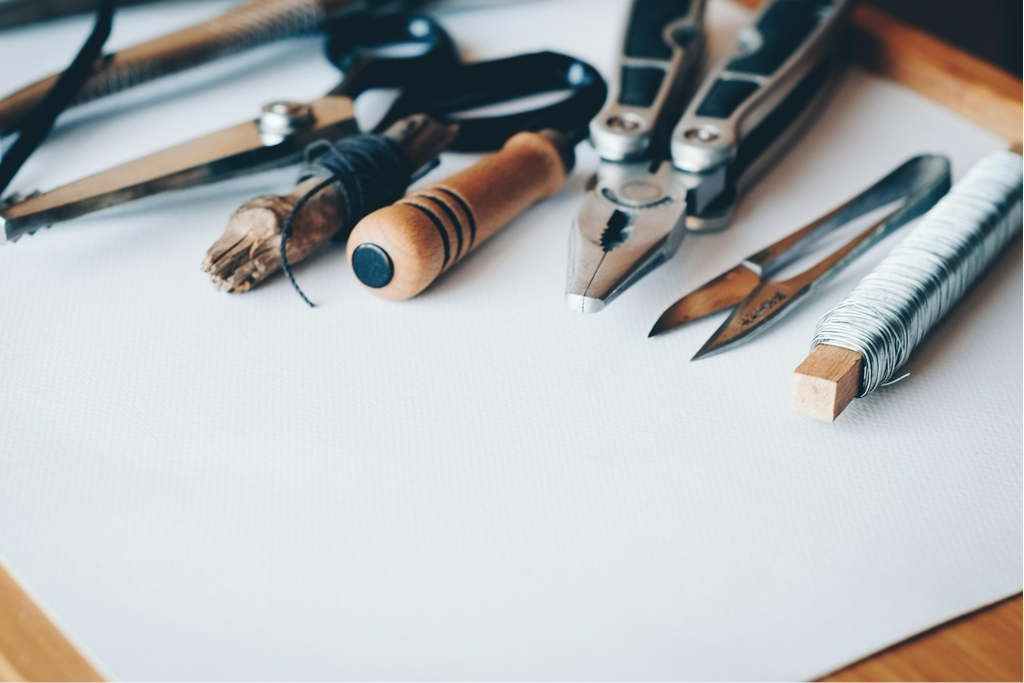DIY can be a major hobby for some people, while others are turned away by its intimidating requirements of time and skill. It makes sense, as DIY in your home can be promising, but mistakes can be frightening if you have to live with them. With that said, there are good reasons that learning DIY skills can be a worthwhile investment, not just for improving your home, but also for improving your health.
Benefits of DIY Skills
It might seem like a bit of a stretch, but there is serious potential for positive health outcomes from learning DIY skills. In terms of physical health, DIY’s contributions can start with encouraging light exercise and mobility. Simple fence repairs in a Coningsby summer with temperatures even approaching the max, as recorded at the Met Office will get you sweating, and digging holes will get your heart rate up.
Working with DIY can also help you learn some useful skills in spotting any parts of your home that might create health risks. The wettest places in the UK noted by Showers to You, like Cardiff and Huddersfield, will tend to create mold problems, and being able to see and safely remove this mold can promote positive long-term health outcomes.
Learning DIY skills offers potential in boosting your confidence, as well as reducing stress. Even a small job you finish can provide huge feelings of accomplishment. Just as importantly, removing small issues from your home or making it look better will reduce stress and improve your general mood. You might even be able to sell what you produce at an event like The Creative Craft Show in Birmingham.
In more general terms, DIY can also help improve your home by increasing its value. Services like We Buy Any Home in Bradford take DIY modifications into account when providing free cash offers and guaranteeing sales on any property. The better the condition your home is when you sell, the more it’s worth, and the more you can jump into DIY in your next home.
Avoiding Potential Setbacks
DIY holds a lot of potential for improving our lives, but people can also get carried away with the excitement of a new challenge and what they might accomplish. The best approach in DIY is to start slow and build your skills and knowledge up to where you’re confident in facing increasingly large challenges. You don’t want to overextend yourself, however, which can leave you in a bad place.
A common mistake we’ve seen DIY fans make is buying a house that you’d see described as “a real fixer-upper”. It’s a big challenge, but this much constant work without escape can also be physically and mentally draining. Go slowly, and try to avoid these big steps unless you have proven your ability to handle them.

How far you take DIY work is entirely up to you. You could use it to craft simple decorations, fix simple issues, and stop there. You could also take your time studying complicated problems in depth and then use this knowledge to address larger challenges. As long as you take it slow and manage your failures honestly as you go, there’s no telling what you might achieve and how your home and health might benefit along the way.
Lynn Martelli is an editor at Readability. She received her MFA in Creative Writing from Antioch University and has worked as an editor for over 10 years. Lynn has edited a wide variety of books, including fiction, non-fiction, memoirs, and more. In her free time, Lynn enjoys reading, writing, and spending time with her family and friends.















